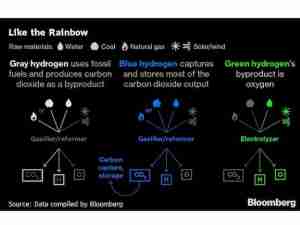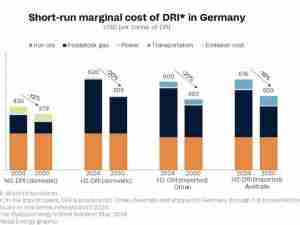Oil consumers including airlines used the recent slump in prices to boost their hedging level at a rapid pace, locking in protection against a possible rebound later in the year.
When prices plunged earlier this month, traders and brokers said that there had a been a marked uptick in activity from consumers, but the scale of the deals is only now showing up in bank positioning data.
Swap dealers posted their second-biggest increase in long positions in ICE Brent futures and options on record last week. The 54,000 contract surge was previously eclipsed only in 2018.
Oil endured a bumpy ride in March as global benchmark Brent sank mid-month to near $70 a barrel, hitting the lowest level since late 2021. Despite the bout of weakness, many forecasters including Goldman Sachs Group Inc. maintain that there’ll be a rebound later this year. If that comes to pass, higher prices would jack up costs for oil users, which boosts the appeal for them to take out protection this month against such a possible rally later in 2023.
Swap dealer positioning is often used as a proxy for producer and consumer hedging activity because it offers a glimpse into where entities dealing in over-the-counter transactions, such as banks, lay off risk into futures markets.
Interest in consumer hedging activity picked up, particularly from airlines, but a broad cohort of consumers, ranging from industrials to consumer-goods companies, said Michael Tran, managing director at RBC Capital Markets LLC.
“Nothing like record gasoline prices from last summer and sticky inflation to trigger a dusting off of the risk-management playbook,” Tran added, referring to when US retail fuel prices topped $5 a gallon in 2022.
In one sign of renewed consumer activity, European airline Deutsche Lufthansa AG said March 3 it had increased its hedging for oil to 85% of planned usage, the same as before the pandemic. Other consumers known to have hedged in the past include Walt Disney Co., which operates a policy for its theme parks.
Higher hedging volumes have also boosted open interest across the oil market. Total futures holdings in the main crude contracts hit the highest in a little over a year late-last week.







_-_28de80_-_58820516bd428ab3fd376933932d068c43db9a4a_lqip.jpg)



